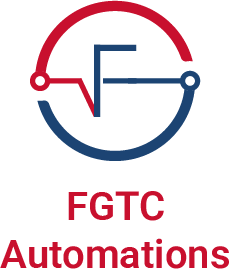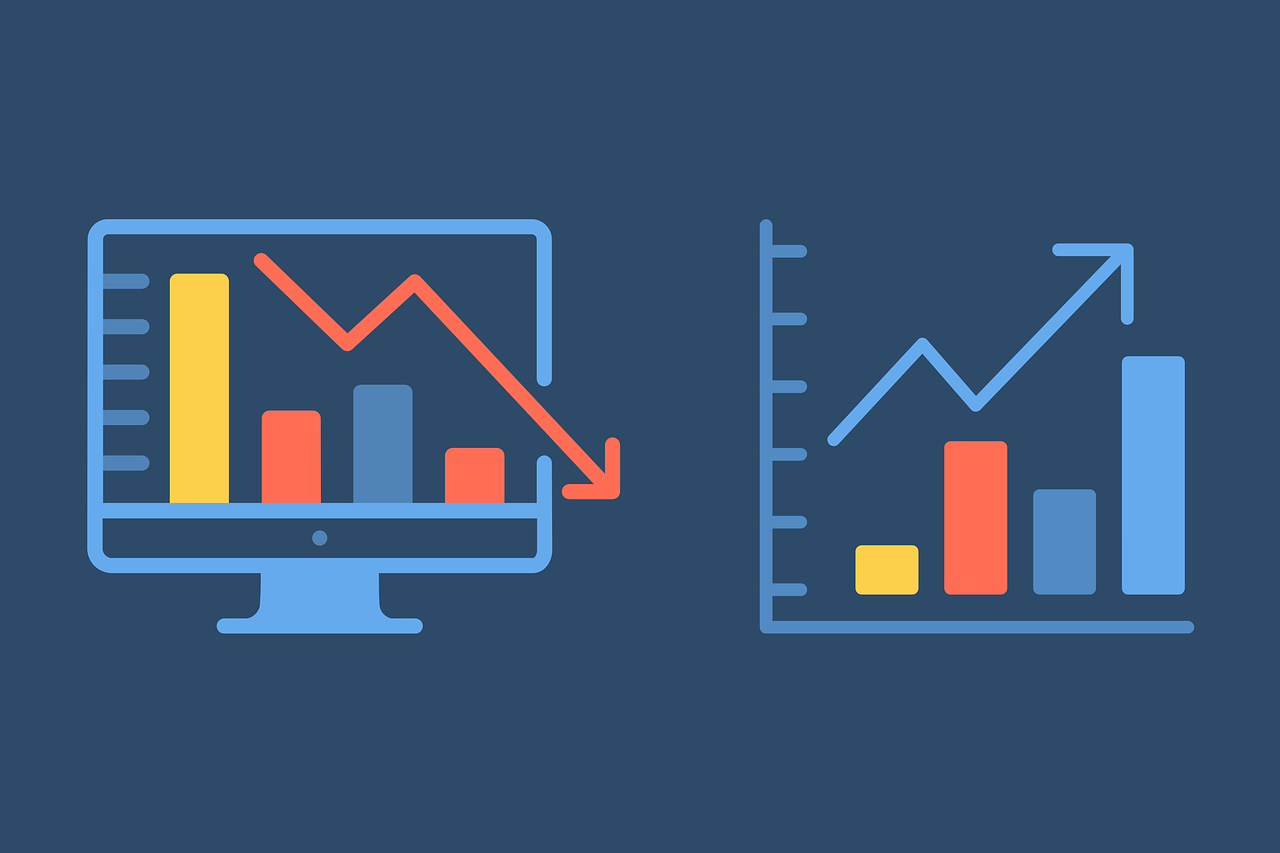


Automation simplifies the process of capturing, organizing, and prioritizing leads, ensuring no opportunities are missed.
Example: A software company automatically assigns new leads to the most suitable sales reps based on geography or industry, reducing response time and improving conversion rates.

Automated tools keep track of every stage in the sales process, highlighting bottlenecks and opportunities.
Example: A consulting firm uses automation to track deals in progress and receives reminders for follow-ups, ensuring deals move smoothly through the pipeline.

Creating proposals and quotes manually can be time-consuming. Automation generates customized documents in minutes.
Example: A manufacturing company automatically generates detailed quotes for potential clients based on input specifications, drastically reducing turnaround time.

Automation ensures timely follow-ups through pre-scheduled emails, texts, or calls, keeping prospects engaged.
Example: A real estate agency automates email follow-ups for interested clients, sharing property details and updates, ensuring consistent communication.

Automation provides real-time insights into sales performance and helps predict future trends, enabling better decision-making.
Example: A wholesale distributor automatically compiles sales data into weekly reports, highlighting top-performing products and predicting future demand.

Automated systems analyze customer purchase history to recommend complementary products or services.
Example: An e-commerce store suggests add-ons or upgrades to customers during checkout based on their shopping cart, boosting average order value.